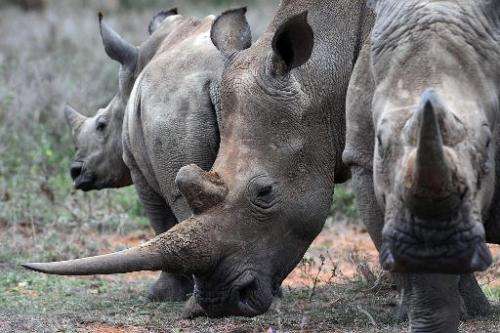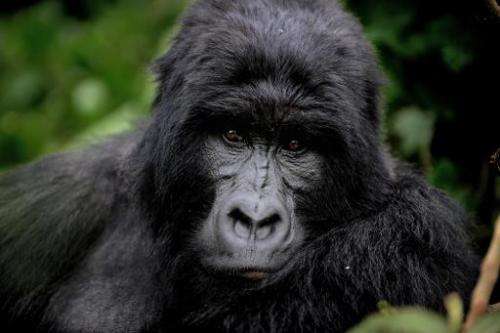Protected areas offer glimmers of hope for wildlife

National parks and other protected areas offer hope for threatened species at a time of plunging wildlife numbers, conservationist group WWF said Tuesday, but their success has not been universal.
While the headcount of land-dwelling animals declined an estimated 39 percent overall from 1970 to 2012, that of species in protected areas dropped at the lower rate of 18 percent, the organisation said in its 2014 Living Planet Report.
Some animals, like Nepal's tigers and the mountain gorillas of central Africa, even increased.
"Populations in protected areas are faring better than terrestrial populations as a whole," said the biennial WWF update on the state of Earth's dwindling natural bounty.
It reported an alarming 52-percent drop in vertebrate numbers in less than two human generations based on trends in 3,038 species of mammals, birds, reptiles, amphibians and fish monitored.
This represented a 39-percent decline in land- and sea-dwelling animal numbers, and a drop of 76 percent for sea creatures.
The cause was humans hunting, fishing and destroying animal habitats at rates that nature could not replenish and would require 1.5 Earths to satisfy, said the report.
But some trends among protected species were "encouraging".

Nepal's tiger population, to be found in five protected areas and three "wildlife corridors"—which link two protected areas separated by human activities—rose by 63 percent between 2009 and 2013, WWF said.
"This conservation success has been attributed to the Nepalese government's anti-poaching efforts and improved site protection for wild tigers."
Similarly, the small population of endangered mountain gorillas left in Africa's war-ravaged Great Lakes region, increased by about 30 percent in recent years—the only species of great ape not in decline.
They still number fewer than 1,000 individuals, living in two small islands of forest, and are receiving protection thanks, in part, to a thriving gorilla-watching tourism industry providing local jobs.
The WWF highlighted, however, that threats to species cannot be mitigated "by the designation of a protected area alone", and highlighted the need to enforce measures within protected borders.
Bad news for rhinos
"In some African protected areas, declines in large mammal species have been unabated," said the report—citing rhino losses in several countries—their horns used in traditional potions in Asia.
"Many rhino populations in Africa have become regionally extinct or are in decline, despite largely occurring inside protected areas."
The population of black and white rhinos found mainly in four countries: South Africa, Namibia, Zimbabwe and Kenya, had declined 63 percent from 1980 to 2006, said the report.
There are fewer than 5,000 black and about 20,000 white rhino left in the wild today. The black rhino is considered at very high risk of extinction and the white rhino near-threatened.
The animals' plight, said the WWF, was exacerbated by "growing demand for rhino horn in Asia, particularly Vietnam; weak governance and poor law enforcement in countries with wild rhinos; and the increase in corruption and emergence of crime syndicates attracted by the hight profits from the rhino horn trade."
The International Union for Conservation of Nature (IUCN), tasked with monitoring and safeguarding species, lists more than 128,500 terrestrial protected areas around the globe.
They can be national parks, wilderness areas, community conserved areas or nature reserve—any area that is dedicated and managed for the conservation of the species within its borders.
© 2014 AFP



















